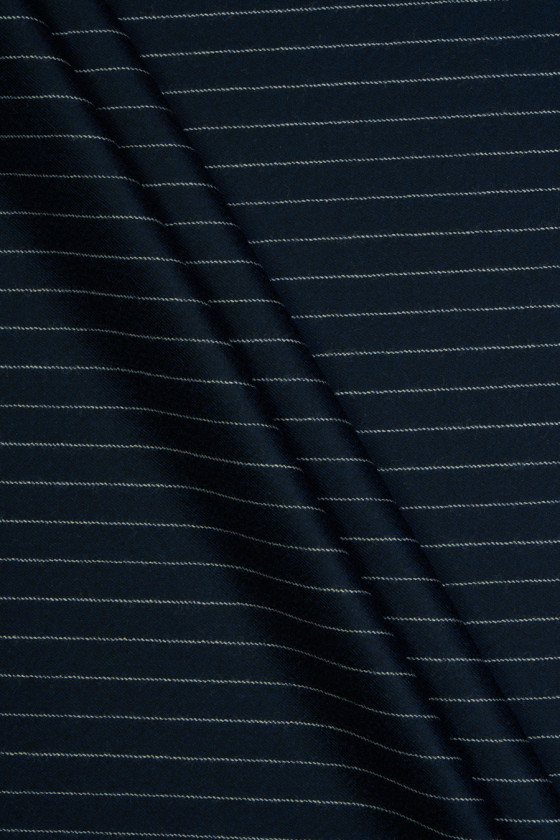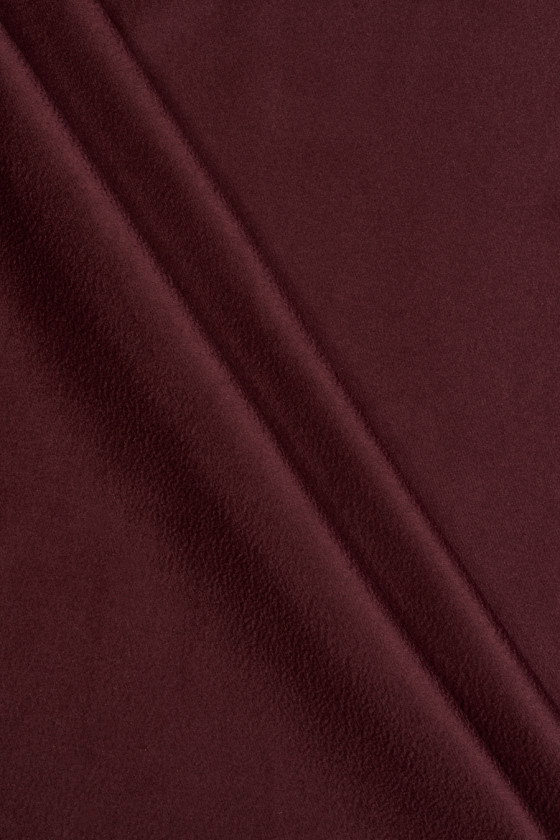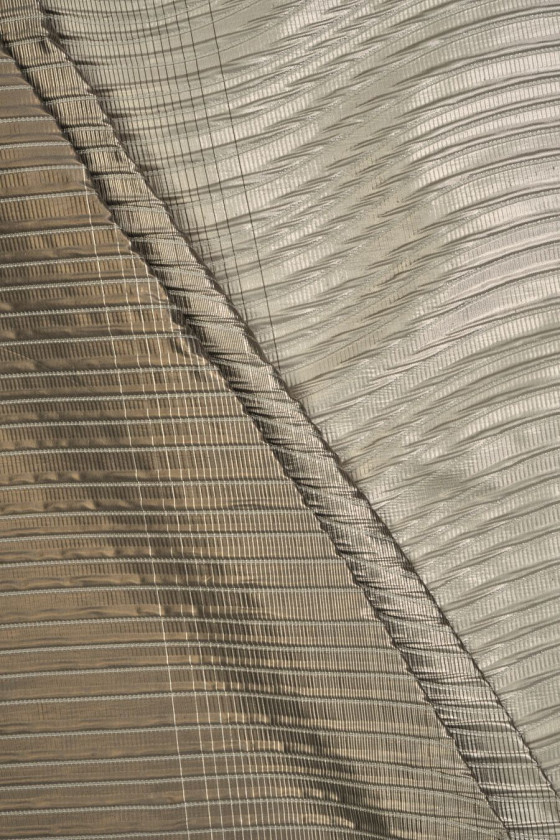Fabrics for winter and autumn
Orange plaid costume fabric
Brown leopard print jacquard
Viscose Chinese motifs
Crimped fabric with gold
Burgundy jacquard
Green leopard print jacquard
Jacquard Paisley navy blue
Oriental jacquard - colors
Chanel burgundy fabric
Cream sweater wool
Georgette wool red
woolgeorgette - colors
Chanel fabric grey
Black coat fabric with foam
Cold pearl coat fabric
Sea Marine Coat Fabric
Coat wool with cashmere graphite
Coat wool - various colors
Jacquard blue cube
Shiny sequins - three colors
Navy blue shiny sequins
Shiny gold sequins
Twoton costume wool
Twoton costume wool
Light beige costume fabric
Chanel fabric
Viscose in cream chains
Green viscose in chains
Pink ombre polyester chiffon
Viscose black ecru geometry
When deciding to buy one of the items of clothing, we are of course guided by our taste and whether the item is to act as everyday clothing or it is a creation for a special occasion.
Regardless of whether we are looking for a jacket, elegant shirt or dress that we will wear every day, it is worth paying attention to the material from which the item is made. This is important for all clothes, but it is especially important for clothing for the colder months.
So what fabrics to look for in the case of autumn-winter wardrobe, and what to definitely avoid?
Fabrics for the winter, or why it is worth reading tags.
The appearance and thickness of clothes do not always mean that we will be warm in them. Unfortunately, in the autumn and winter season, there is no shortage of clothes in popular chain stores, made of materials such as acrylic or polyester.
Although their appearance resembles natural fabrics, they do not protect us from cold and bad weather conditions. In addition, these materials do not breathe, which makes us sweat more in them and we can catch a cold faster.
Remember that it is not the thickness of the material, but its quality that has a decisive impact on whether it will provide us with warmth during the cold months.
So what materials to avoid when completing a wardrobe, not only the autumn and winter?
Acrylic - this is the most popular and, unfortunately, one of the worst materials for the winter. Attempts were made to replace wool with it, but its quality and characteristics are nothing like it.
This is a material that does not heat at all. No matter how thick acrylic sweater we buy, it will not protect us from low temperatures. In addition, acrylic increases sweating, and because it does not absorb moisture and does not allow it to evaporate, the feeling of discomfort will accompany us until we remove the clothes made of it.
Acrylic has one more significant drawback, namely it quickly looks damaged, so clothing from this material will not serve us more than one, up to two seasons.
Polyester - is another popular material that we should avoid, both when it comes to winter and summer clothes. It is not hygroscopic, i.e. it does not absorb water and is not very airy. It increases sweating, but, like acrylic, will not provide protection from the cold.
The only polyester clothes that we can have in our wardrobe are high-quality sports and outdoor clothes. Remember, however, to pay attention to all the given parameters, such as water resistance, breathability, etc.
Winter materials - what to invest in
When buying clothes for the winter, it is worth choosing those from natural materials. Their price will be higher, but certainly with proper care, they will be enough for us for several seasons. It is worth investing in two good quality sweaters than in several acrylic ones.
So what fabrics for the winter are worth choosing?
Wool - the most popular material for the winter. Not only sweaters are made of it, but also coats, jackets, dresses, trousers, hats, scarves, gloves. Even the thinner one perfectly protects against low temperatures, provides proper thermoregulation, does not creep and will work both in everyday stylizations and during a trip to the mountains, providing warmth against frost and piercing wind.
In addition to classic wool, we can also choose:
- cashmere
- merino wool,
- alpaca
- mohair.
Cotton - will also work as a winter fabric. However, let's choose clothing made of thicker cotton. Sweatshirts or cotton pants will protect us well from the cold, and in addition they are extremely comfortable to wear.
Loop knitwear - that is, high-quality cotton knitwear. Made of 1-% cotton yarn, to which sometimes a small amount of polyester or lycra is added. It is warm, light and pleasant to the touch. It is often used when sewing children's clothes.
Velor - fabrics for the winter can also be elegant, as evidenced by velor. Once reserved for evening wear, such as dresses or suits, currently found in everyday stylizations. Soft, well-fitting and comfortable to wear, it ranks high in the list of "best winter materials".
Linen - this is a position that rather does not come to our mind when we think "winter fabrics". However, it is worth paying attention to it, because linen conducts heat very well. A linen shirt combined with a woolen sweater is a classic, comfortable and above all very warm set for cold days.
What to choose when it comes to materials for winter jackets?
In fact, the most important issue is what jacket we are looking for. We will be guided by something else, looking for a daily jacket to walk around the city or to work, and another that will work for a trip out of town or in the mountains. Of course, our personal preferences as to cut or style are also important.
Which materials are worth choosing?
Wool or sheepskin will not only provide protection against low temperatures or frosty wind, but also allow the skin to breathe. However, you should be careful with them during heavy rainfall, because when soaked, they dry for a long time. Their cleaning, however, should be entrusted to a professional laundry. Buying a good quality jacket or coat made of wool is associated with a higher expense, but it is a thing that will serve us for more than one season.
When it comes to popular fabrics for winter jackets, we can also find polyester here, especially when it comes to jackets, with a more sporty cut or typically outdoor. This material, despite lower air permeability, provides us with very good protection against rain or snow. When deciding on such a jacket, it is worth checking all the parameters of the material so that the jacket best fulfills its task during the winter months, but at the same time provides comfort while wearing.
Write to us on WhatsApp!


















































